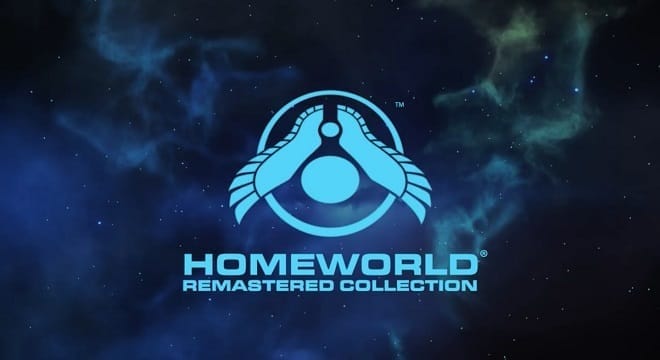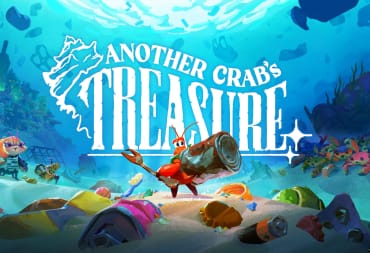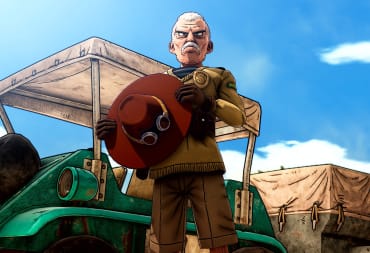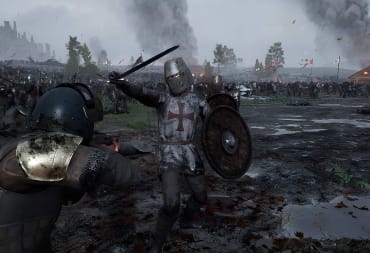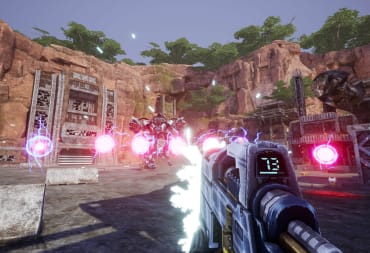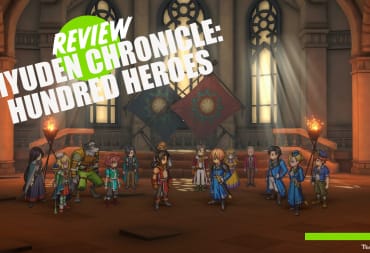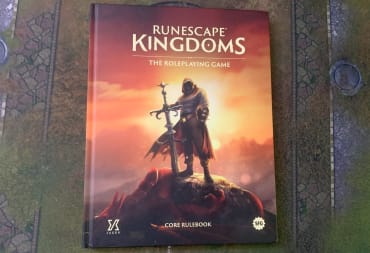The Homeworld series has a legacy that few can match in the gaming industry. It is a series that was universally acclaimed, setting benchmarks for its gameplay and story and introducing innovative mechanics to the genre. However, one has to know: was re-releasing the Homeworld series a good thing, or should we have just left Homeworld alone? Find out after the (hyperspace delayed) jump.
Before this review truly begins, a confession has to be made. Truthfully, this writer is seemingly one of the few RTS fans who has never played Homeworld prior to Homeworld: Remastered Collection's release. The fact that it was never released on digital format before a month ago was a big reason, but an aversion towards its vaunted complexity was the main factor.
Despite what some may say, for those of you who have never played anything like a space RTS, you will have trouble adjusting. Homeworld in the RTS genre will be unlike anything you have ever played before, as space really does change the way the game is played. Playing an RTS where you have to accommodate for height and distance is at first confusing and annoying, but for those who continue to persevere it slowly becomes a rewarding and fulfilling experience.
What is also fulfilling is the story, which is surprisingly decent despite the relative age of the game. It does its best to involve the player in its story, with the game slowly having the player become more certain of their playstyle and more powerful as a result throughout both of its campaigns. The theme of home and the defense of it is a powerful pull, and despite its relative simple way of telling its story, it is an excellent example of an RTS skillfully introducing new units and mechanics through the advancement of the storyline.
Homeworld itself is not too complicated, although its slow nature punishes foolish mistakes and encourages one to save frequently. At the beginning of a mission, players harvest materials that then directly fuel the economy, which can be used to research new technology that enables players to then spawn units from their Mothership, which is a home base of sorts. The Mothership must be defended at all costs or the player will lose immediately upon its destruction. From the Mothership, units come from different classes, and they range from huge Capital ships that can obliterate large groups of ships very quickly, to smaller Fighter class ships that can be used to destroy Capital ships.
Truthfully, there is a lot more going on in game then what may first appear. Simply barreling off towards your destination invites disaster, and players must proceed both carefully and tactically in order to achieve victory. What this reviewer found to be truly unique about Homeworld is that players can beat the missions in a myriad of ways. There always is a recommended way of going about things, but sometimes the unconventional can be more decisive.
For instance, during the course of one mission players are asked to activate a beacon in the heart of heavily defended area. As a result, there are a few options that players can use to finish the mission. Some may elect to carefully comb through the area, slowly destroying all the defenses with a massive armada of forces. However, another option (that this writer used) was to have a select group of Fighter class ships that were sent dozens of kilometers up in space to the very top of the map. Doing this bypassed nearly all the enemy defenses, and the Fighters could then move freely.
When the Fighters were hovering over the objective, they were slowly brought down to the point where they were just out of range of the defenses and split into five groups. When all was settled, four separate groups of Fighters were sent towards the four sets of defenses that were settled around the objective, with the last group just barely making it to the beacon in time in order to relay the message back to the player’s allies and ultimately completing the mission.
It is thrilling moments like these that puncture through the occasional moments of tedium in Homeworld, when the slow buildup and deployment of your forces finally capitulate into one climactic moment that decides whether the player has to reload their last save point, or sigh with relief as they listen to the closing voice over for a successful mission.
Overall, it is a delicate balance for Homeworld’s campaign between action and slowdown but it works and it works well, with the difficulty high enough so that players are never bored and cruising through the campaign, but it is also never too high of a difficulty so that players are frustrated.
What is never frustrating, though, is the graphics. If you have the properly equipped rig, Homeworld: Remastered Collection is an excellent showpiece, with only a few of the textures betraying the age of the game. As seen through the screenshots in this review, Homeworld is easily a contender for the best looking RTS in existence, and Gearbox Software should be applauded for the port’s relatively smooth launch. This is compounded by the fact that very little bugs or glitches were experienced with nothing even close to game breaking. The game as a whole was very polished on release, which is a relief considering the state of other notable titles released recently.
Speaking of polished, the audio for this game is also extremely well done. Although the regular in-game soundtrack (battles and such) is slightly repetitive, after many hours of play it never did cross the line to being annoying. The soundtrack in and of itself is good, with the highest praise that can be given to it is that it gets the job done, although it does shine in some specific moments (that will not be explained in order to preserve the more spoilery scenes from the singleplayer campaign). What is interesting however is how well the sound effects just fit the game. Listening in-game makes one feel like they are in space, and zoning out to the relative silence while watching a space battle is strangely mesmerizing and peaceful, despite the carnage that was taking place.
The multiplayer is not nearly as innovative as its single player, although it is an entertaining diversion nonetheless. Players have access to the entire suite that the game offers, which essentially means that all the content from both Homeworld 1 & 2 are available in the game’s multiplayer modes, with up to eight players across 23 maps. Unfortunately, there is currently a severe lack of people playing the multiplayer of Homeworld: Remastered Collection. That isn't to say that it is bad, of course, but at the moment it is very difficult to find a game unless one searches worldwide, and the mere handful of games shown may have an undesirable ping.
The re-release of Homeworld shows how much the series really was a triumph for the RTS genre, with the decade old gameplay still enthralling to play after all these years. For newcomers and hardened veterans that are interested, there are many good reasons to check out this title from Gearbox Studios.
Disclosure: the Homeworld: Remastered Collection review copy was obtained from Gearbox Studios and reviewed on PC.
Review Summary
The Homeworld: Remastered Collection is an excellent game that is well worth any RTS lovers’ time.
(Review Policy)Have a tip, or want to point out something we missed? Leave a Comment or e-mail us at tips@techraptor.net
